Auto-Index Your Website with Google's Indexing API
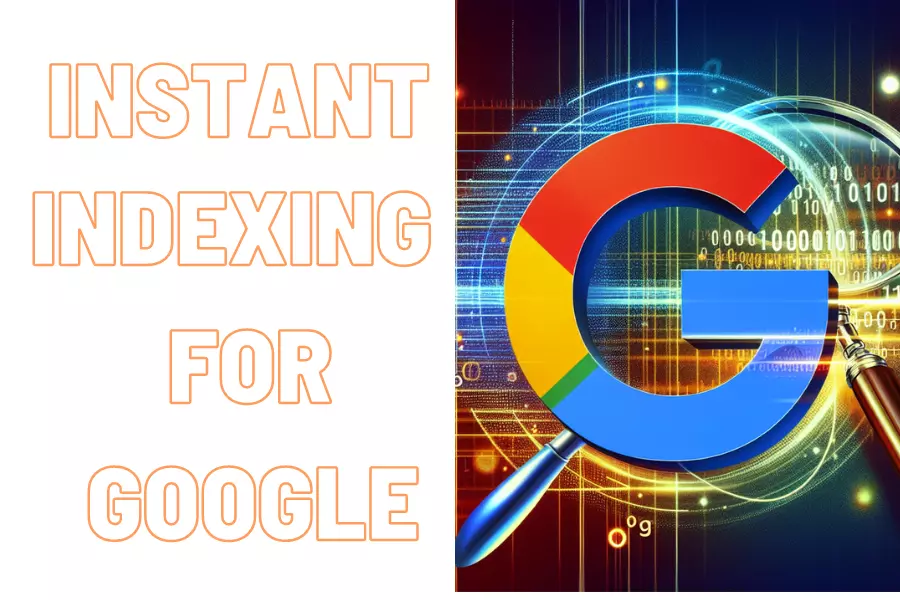
Creation at: 2024-07-26 | Last modified at: 2024-07-26 | 3 min read
Automatically Notify Google Indexing When Updating Your Website Using Indexing API
In today’s era of information overload, real-time updates of website content and being indexed by Google search engine are critical for every webmaster. However, do you often forget to manually submit to Google Search Console after updating your website content? Don’t worry, now with DMflow, this tool can automatically notify Google for indexing, speeding up the process of your website being indexed by search engines.
Why Choose DMflow?
The benefits of using DMflow are not just about automation; it also ensures that every update is promptly notified to Google, avoiding manual operation oversights. Additionally, this increases your website’s exposure and indexing speed in search engines.
How to Apply for Index API
First, you need to apply for and enable Google’s Indexing API. Here are the detailed steps:
-
Go to the Google Cloud Management Interface
Visit the Google Cloud Management Interface and enable the Indexing API project. If you don’t have a Google Project yet, create one first.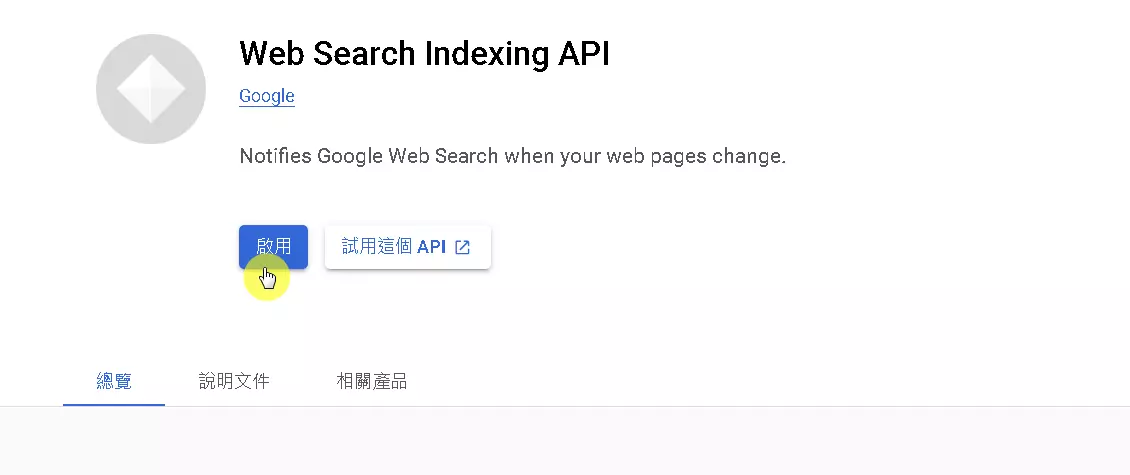
-
Create a Service Account
Go to the Service Accounts Management Page, select your project. Click the “Create Service Account” button and create a service account. Remember this account as it will be used in subsequent operations, and grant “Owner” permissions in the project.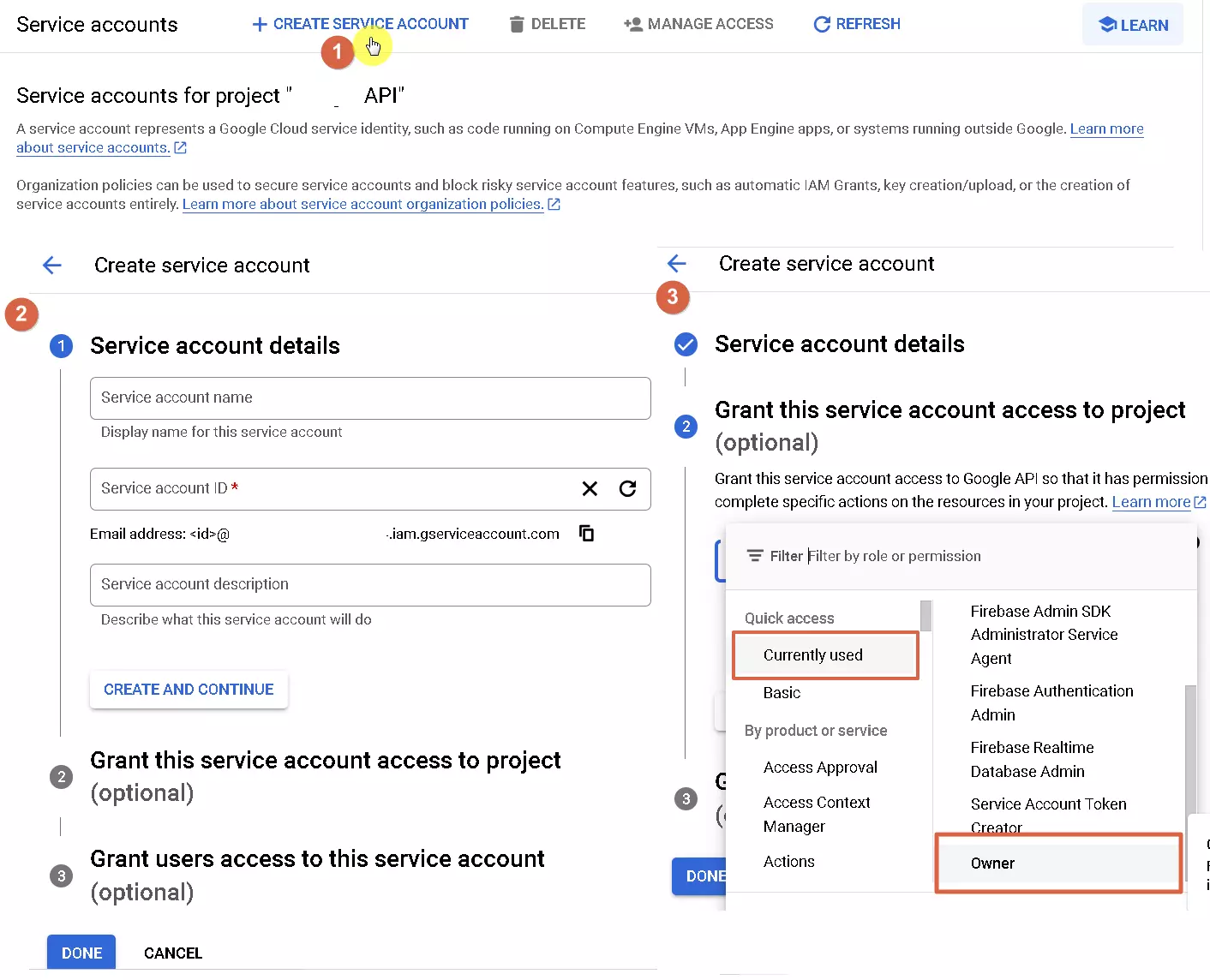
-
Create a Private Key
Select the newly created service account, click “KEYS” → “ADD KEY”, choose JSON type, and create a key. Download and save the generated JSON file, as it will be needed later.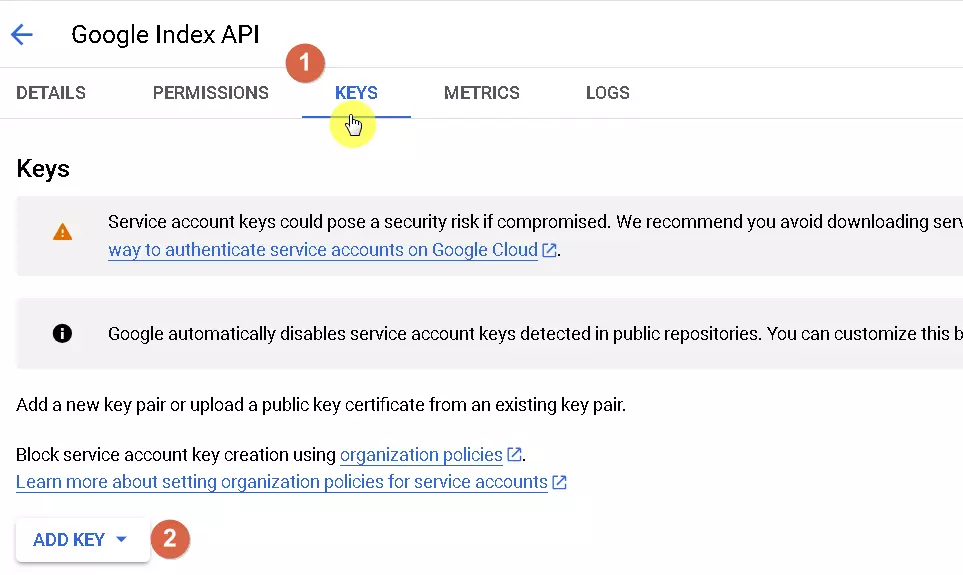
Go to Google Search Console
Next, you need to add the service account to Google Search Console.
-
Manage Users and Permissions
Visit Google Search Console, find “Users and Permissions” in “Settings”, click to enter and add a user as shown in the image below.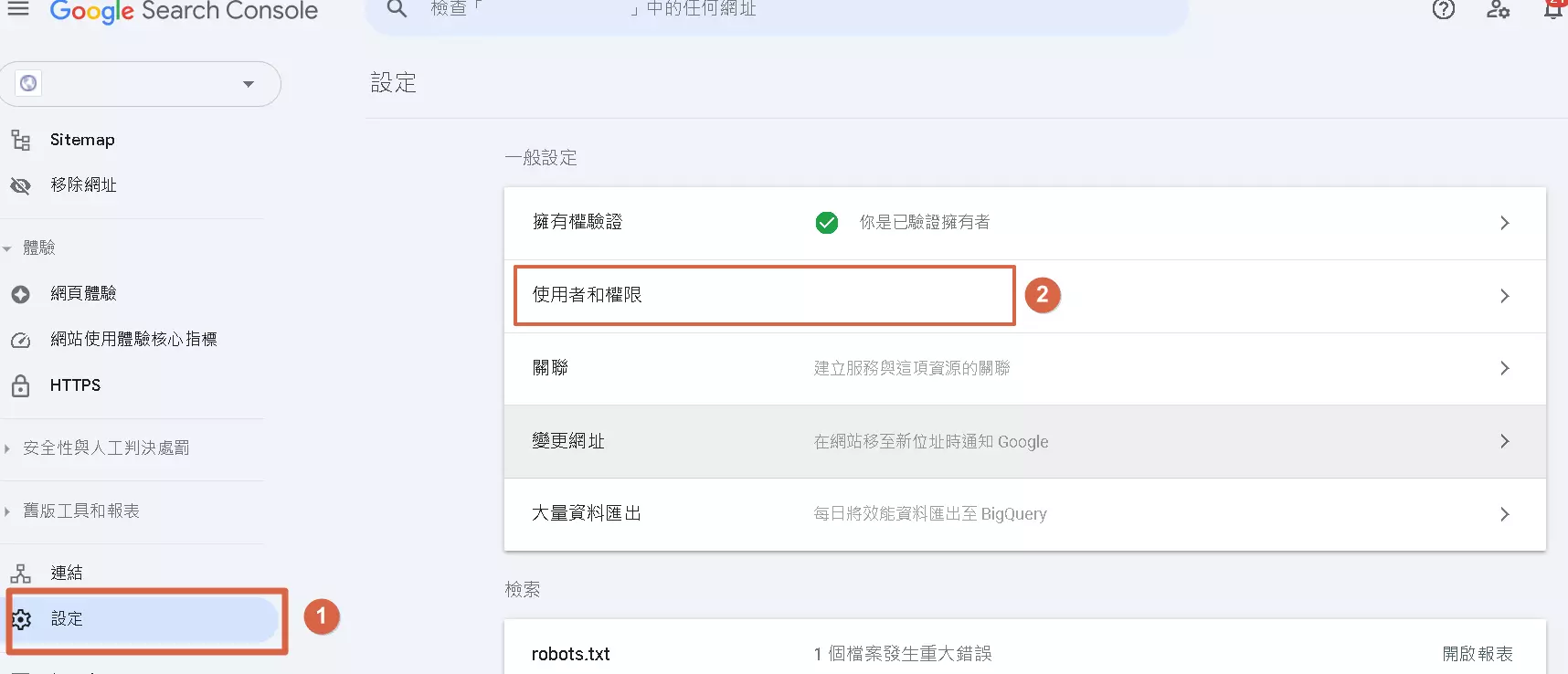
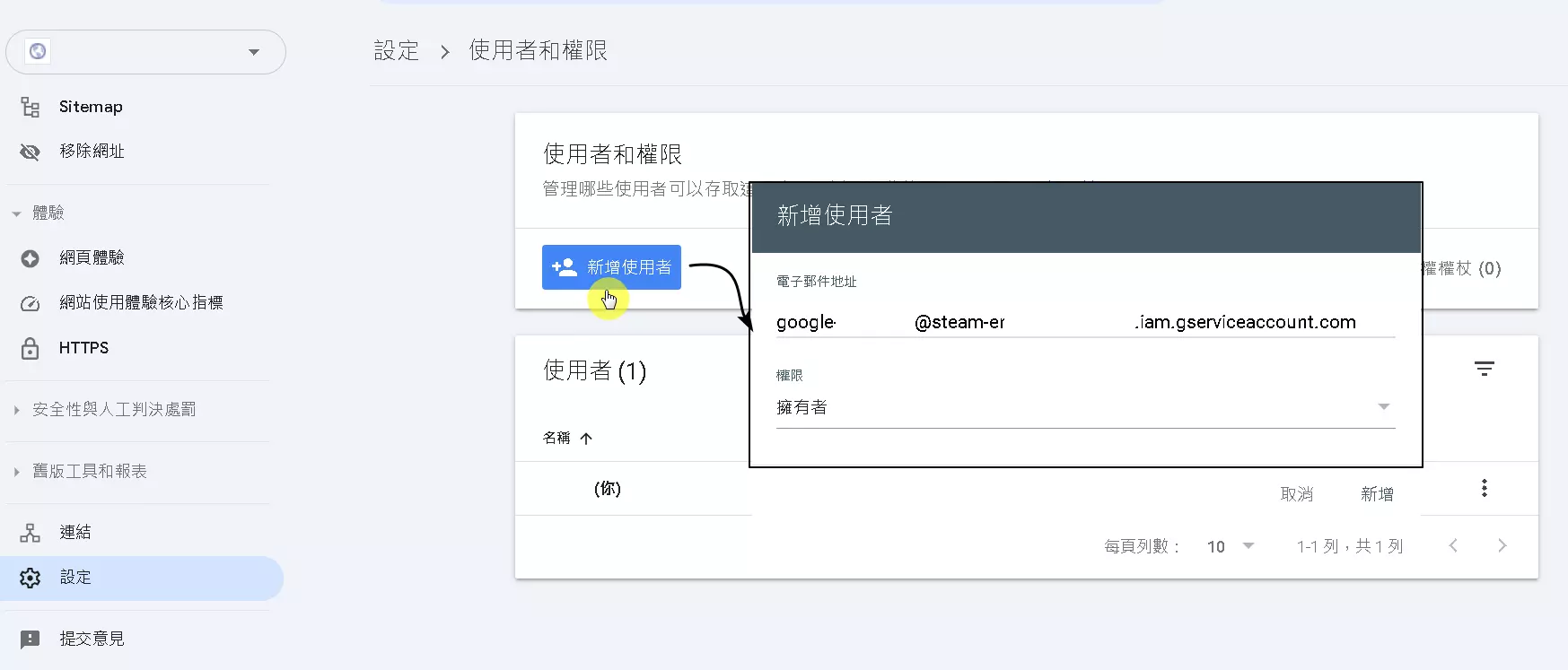
After completing the above steps, you have set up the basic environment for using the Google Index API.
How to Use Google Index API
-
WordPress Users
If you are using WordPress, it is recommended to use the WordPress Plugin, search for Instant Indexing for Google, and the plugin will automatically handle all operations related to the Google Index API. -
Other Users
Non-WordPress users can use DMflow to operate the Google Index API.
How to Use DMflow to Operate Google Index
-
Import Sample Flow
Use DMflow’s Google Index sample flow. You can import the code:qOm71Oep8a. -
Fill in the Service Account Information
Enter the Google Index API service account and private key obtained earlier into DMflow to complete the setup.Detailed instructions can be found in the Trigger Tutorial.
By following the above steps, you can easily use DMflow and Google Index API to automatically notify the Google search engine to update your website content, ensuring your website is always up-to-date and quickly indexed by search engines.
Note
- A GCP ProjectId can only call the API 200 times a day. If you need more, you need to contact Google or create more ProjectIds.
- Currently, the Indexing API can only be used to crawl pages with either JobPosting or BroadcastEvent embedded in a VideoObject.
- DMflow is not specifically a Google Index API service; it is essentially a chatbot that provides a form-based robot to link various services.


